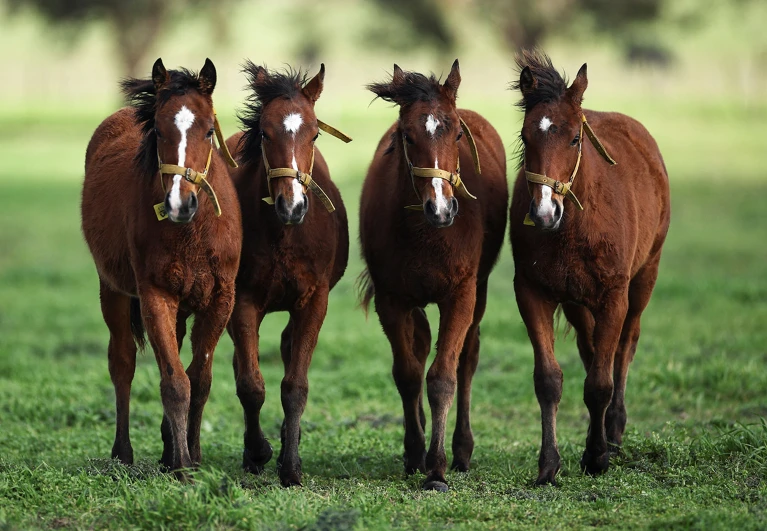New technologies are often accompanied by new repugnancies, i.e. by controversies about their moral appropriateness. The future of using CRISPR to edit human genes is still before us, and its history (even to date) has yet to be written. But I'm struck by how it both interacts with and recapitulates older controversies and repugnancies, including those involving HIV, and adoption and assisted reproduction.
The New Yorker has the story:
The Transformative, Alarming Power of Gene Editing. A rogue scientist showed that crispr gives humans the ability to transform ourselves. But should we? By Dana Goodyear September 2, 2023
"The Chinese researcher He Jiankui was jailed for creating customized babies. Some observers argue that the real problem wasn’t him—it was the lure of the technology.
...
"To start, he would focus on what he believed was an achievable task: eradicating a disease governed by a single gene. He selected aids, an illness regarded in China as both pernicious and shameful but one for which there might be an elegant fix. H.I.V. enters human cells by way of a receptor created by a gene called CCR5. JK planned to use the gene-editing tool crispr to disrupt CCR5 in human embryos, which would, in theory, render the babies impervious to infection.
"The experiment required volunteers, and, through a chat group associated with an H.I.V./aids charity, he began recruiting couples: H.I.V.-positive men married to uninfected women. Chinese law denies in-vitro fertilization and adoption to H.I.V.-positive people, and natural conception carries a risk of transmission. For couples with an infected partner, JK’s program was a chance at parenthood. It promised confidentiality, which was critical for a marginalized community; an H.I.V. diagnosis in China can cost a person his job. The treatments would take place discreetly, at facilities where only key employees were aware of the experiment.
...
"as scientists from around the world prepared for a gene-editing conference in Hong Kong, JK released a series of YouTube videos, announcing the birth of a set of twins, edited as embryos with crispr. A slim, nervous-seeming man in a pale-blue shirt, he looked earnestly into the camera and said, “Two beautiful little Chinese girls named Lulu and Nana came crying into the world, as healthy as any other babies.” He went on to explain how, when each was only a single cell, he had used crispr to delete CCR5. “I understand my work will be controversial,” he said. “But I believe families need this technology, and I’m willing to take the criticism for them.”
"China’s state-run media celebrated the news, but the scientific community reacted with dismay. A group of Chinese researchers condemned the study as madness. David Baltimore, a Nobel Prize-winning biologist who chaired the Hong Kong event, called it “irresponsible,” saying, “I think there has been a failure of self-regulation by the scientific community.
...
"There were three edited babies, he acknowledged: along with Lulu and Nana, another was on the way.
...
"The Chinese government swiftly withdrew its enthusiasm for JK’s research, and, soon after he returned to the mainland, his lab was locked and he was placed under house arrest. In 2019, he was sentenced to three years in prison for “illegal medical practices,” and fined nearly half a million dollars. Two of his collaborators were given lesser sentences and fined. Among scientists, there was a pervasive sense of embarrassment. JK had misused a powerful technology and gambled with the health of children—experimental subjects he himself had created—without, in the scientists’ view, a compelling medical reason to compensate for the risk. Urnov told me, “He has taken a jar of tar, poured it over the field of crispr, and left an indelible stain. We will never wash that stain off. I am prepared to say that he’s not a fellow-scientist. He’s persona non grata.”
"JK was released from prison in the spring of 2022, and quickly resumed his efforts at gene editing.
...
"He said that his new lab would be a nonprofit providing affordable gene therapy for rare conditions, and that he would focus first on Duchenne muscular dystrophy, a fatal disease that causes irreversible muscle damage, primarily in boys. This time, his patients would be not embryos but young children desperate for a cure. I asked if it was an attempt to redeem himself in the scientific community. “I don’t know if I’d use the word ‘redeem,’ ” he said. “I want to do it to help people today.”
...
"As for the debacle that his experiment had caused, JK would admit to no greater error than bad timing. “I do acknowledge that I have done it too quickly,” he said. In one of his YouTube videos, he predicted that in twenty or thirty years gene-edited babies will no longer be controversial, or even remarkable. He likened himself to the pioneering founder of the field of I.V.F., Robert Edwards, whose career had followed a heroic arc. In 1978, when the first I.V.F. baby was born, Edwards was a figure of scandal and opprobrium. In 2010, he was awarded the Nobel Prize."



